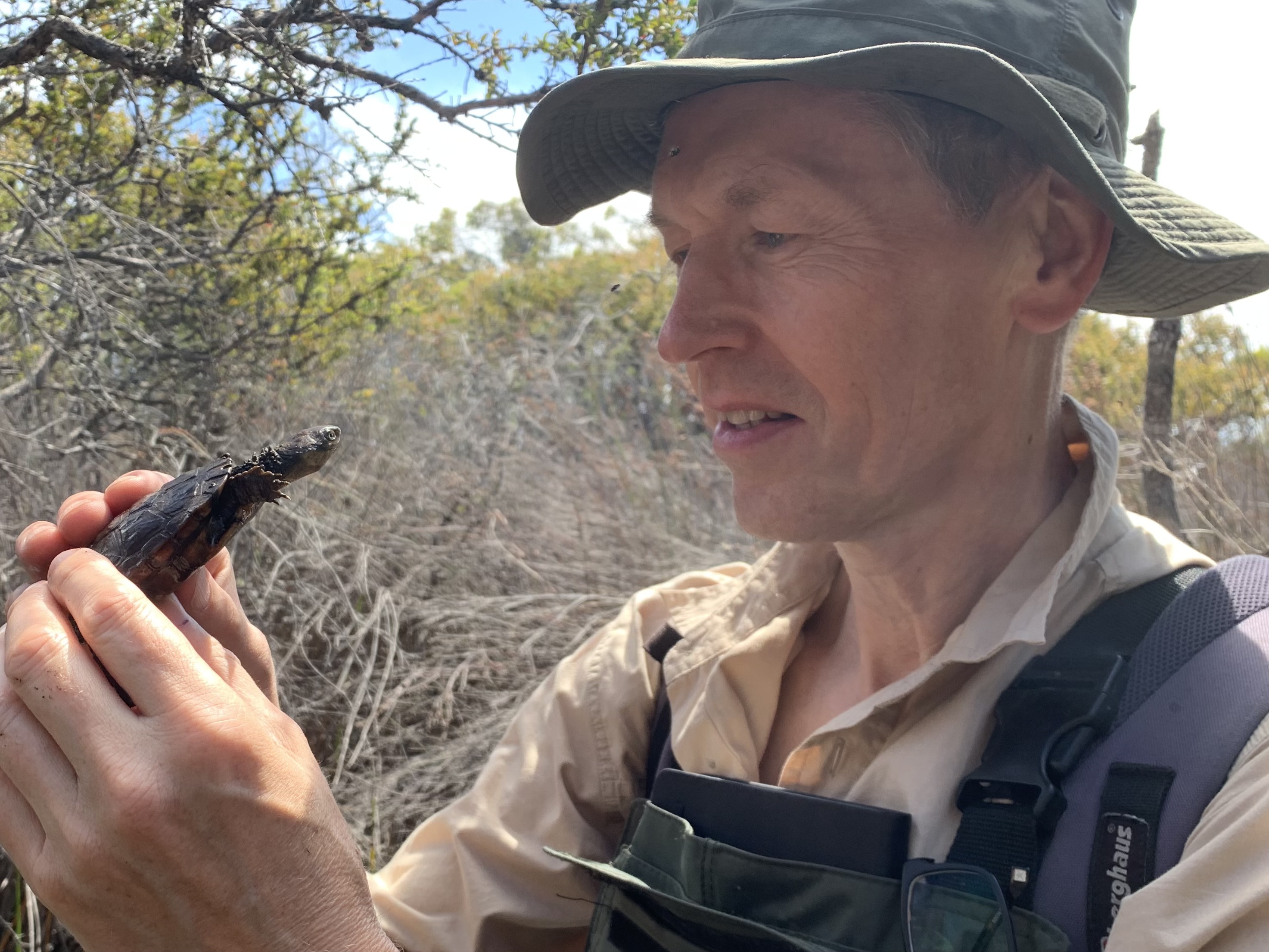UHI Inverness researcher's report explores moving species to save them from climate threats
A senior researcher at UHI Inverness has published a new report that looks at the global challenges and opportunities associated with moving species to help restore nature and benefit people.
‘Conservation translocations in a changing climate’ by Dr Martin Gaywood of the Institute of Biodiversity and Freshwater Conservation at UHI Inverness, recommends ways to improve current translocation practices.
The report describes innovative approaches being developed internationally and highlights the importance of looking ahead and making sure that conservation translocations take account of how the climate is changing.
Conservation translocation is the practice of moving animals, plants and other species to benefit biodiversity and the wider environment. It includes species reintroductions.
Across the UK, and in the Highlands in particular, this is a method that is being used more and more, involving species ranging from rare lichens to twinflower, dark bordered beauty moth, wych elm, great crested newt, golden eagle and wildcat.
Dr Gaywood was awarded his Churchill Fellowship in 2023, allowing him to carry out research in Australia and Canada, where he heard from researchers and practitioners about their own experiences and some of the bold, creative approaches being developed.
He received his Churchill Fellowship medallion at an awards ceremony held in Westminster, London last week. The Churchill Fellowship promotes international learning and the sharing of ideas back home in the UK.

“Like us, Canada and Australia are battling with the impacts of climate change and the closely interlinked nature crisis,” Dr Gaywood said. “A striking aim of many of their projects is that they use conservation translocation not only to help save individual threatened species, but also to restore whole ecosystems. They do this by returning particular ‘keystone species’ that can have very influential roles, or several different species that have been lost as a result of human impacts.”
The report highlights the importance of looking ahead and making sure that conservation translocations take account of how the climate is changing.
“Some species will be particularly sensitive to climatic change and so there’s little point releasing them now without thinking about how they will cope over the next few decades,” Dr Gaywood said.
“In fact, there are now more and more examples of species being moved to places where they’ve never occurred before, but where they’ll stand a better chance of survival in the future. This is a method called ‘assisted colonisation’.”
During his research he met Professor Nicki MitchelI at the University of Western Australia and visited her trial assisted colonisation of the western swamp turtle, one of the world’s rarest reptiles.
Professor Mitchell said: “The turtle is hanging on in tiny habitat fragments just outside Perth in Western Australia. Premature drying of swamps is limiting its reproductive success, so we’ve been testing assisted colonisation at sites several hundred kilometres south where rainfall is more reliable. These types of translocations need careful planning, and come with risks, but we need to recognise that for some species they will be the only way for wild populations to persist.”
The report recommends that the UK now investigates whether this a tool that should be used here.
One of the researchers Dr Gaywood met was Dr Axel Moehrenschlager, chair of the IUCN SSC Conservation Translocation Specialist Group, based in Calgary, Canada.
Dr Moehrenschlager said: “Many species can neither adapt nor disperse in time in the face of climate change. This is causing local, regional, or possibly global extinctions of some species. Subsequent loss to the functioning of ecosystems can affect nature's benefits to people in a number of economic or cultural ways. Just as species pay little attention to national boundaries, solutions must be developed through the exchange of innovations across borders. This report entails significant insights, garnered through international exchange, of how conservation translocations can help to mitigate or pre-empt climate change effects for the benefit of nature and humanity."
The report also explores the increasing prevalence and impacts of disease on animals and plant species and the role conservation translocation can play, how new genetic tools can be used to help design effective projects, and the importance of working with local communities.
“We’ll continue to see more and more conservation translocations in Scotland and the rest of the UK,” said Dr Gaywood.
“The key is to harness that enthusiasm and positivity, to make sure new projects involve the local communities they’re based in, and to design them in ways that look to the future and help to restore nature as our climate continues to change.”
Published in September 2024 by the Churchill Fellowship, the report is available to download from the Churchill Fellowship webpage.
